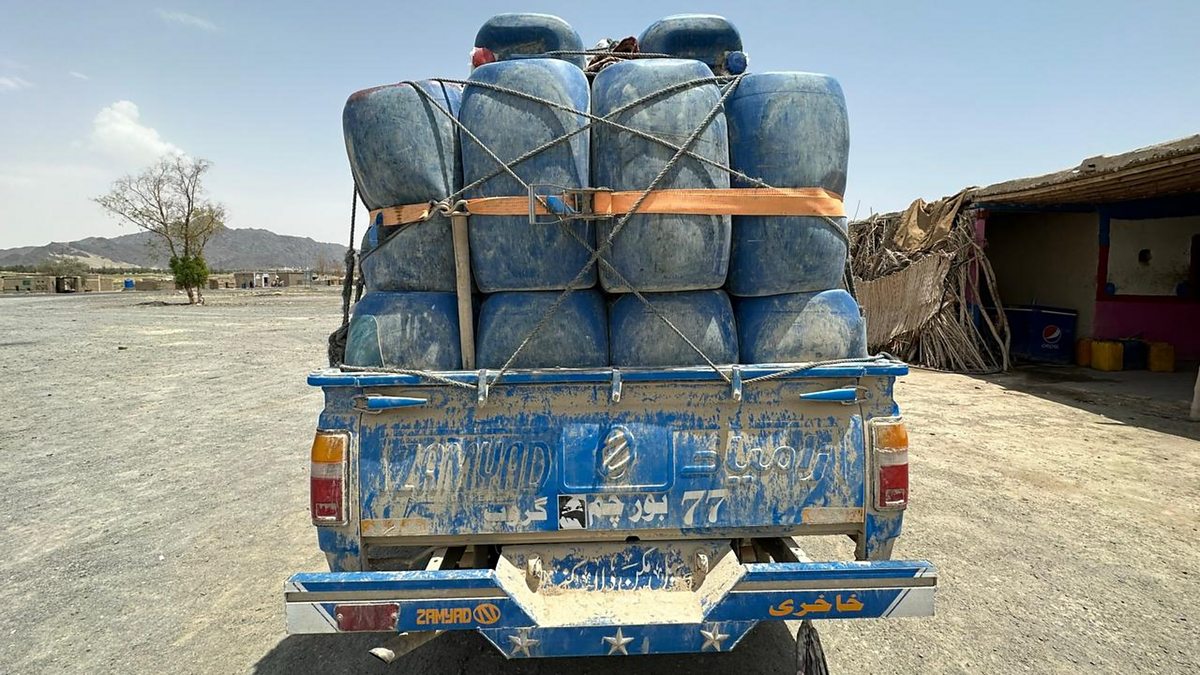
Introduction
Polo production reached a new milestone at the Kariega plant in South Africa, marking another year of strong performance for Volkswagen. The Polo remains one of the most important compact models in the company’s global lineup. Many international markets rely on the Kariega facility for steady deliveries. The new record reflects years of planning, training, and investment in manufacturing systems. It also shows how South Africa continues to expand its role in automotive exports. This milestone gives insight into the factory’s capabilities and the steady demand for the Polo in global markets. The achievement also demonstrates the value of efficient production in a changing industry.
Polo production and the Advancement of Kariega’s Manufacturing Strength
Polo production increased as the Kariega plant improved its manufacturing strength. From its early years, the plant grew from basic assembly lines into a modern, high performance facility. Engineers introduced structured systems to guide each step of the assembly. New tools supported tasks that required precise measurement. Workstations were redesigned to reduce movement time. These changes helped the plant complete units faster while keeping quality stable. The growth of the facility came through consistent upgrades rather than sudden leaps. This long term development created a reliable foundation for higher output. The latest milestone reflects how these efforts shaped a stronger manufacturing environment.
Polo production and the Expansion of Export Capacity
Polo production supports large scale export capacity. Europe and Asia Pacific remain the main destinations for vehicles built in Kariega. The plant developed systems to manage logistics for multiple regions. Export partners depend on predictable shipment timing. The rise in exported volume shows that the plant maintains stable performance. The export strategy also protects the plant from sudden local market changes. When one region slows down, another keeps demand steady. This balance helped the facility reach its new record. Export capacity continues to support South Africa’s role in global automotive networks.
Polo production and Enhanced Production Flow
Polo production improved through enhanced production flow. Engineers studied each stage of the assembly line to find areas that could move more smoothly. Tools were placed closer to workers to reduce delays. Materials arrived at exact times to avoid storage congestion. Managers reviewed daily data to identify slow stages. Quick adjustments allowed the line to stay on schedule. These small improvements created a more efficient workplace. Over time, the plant became capable of reaching higher output without needing more space. The new milestone shows how improved production flow contributes to strong results.
Polo production and Workforce Skill Development
Polo production depends on the skill of workers at every station. The Kariega plant offers regular training programs for new and experienced employees. Workers learn efficient assembly methods, safety standards, and quality checks. Supervisors guide teams on meeting daily targets. The plant also builds communication between stations to prevent delays. When issues appear, workers in different areas collaborate to fix them quickly. Many employees have years of experience with Polo assembly. Their knowledge supports smoother processes and faster problem solving. The new milestone shows how essential the workforce is to long term success.
Polo production and Supplier Collaboration
Polo production relies on close collaboration with suppliers. Local suppliers deliver essential components such as wiring, panels, electronics, and interior parts. These suppliers work under strict quality guidelines that align with Volkswagen’s global standards. Regular meetings allow suppliers to understand volume needs and adjust production schedules. Many suppliers also upgraded their equipment to support rising demand. Short transport routes reduce delays and protect production schedules. The strong relationship between the plant and suppliers plays a major role in achieving high output. The milestone reflects how effective this collaboration has become.
Polo production and Quality Verification Systems
Polo production uses detailed quality verification systems to maintain performance. Inspections occur at several points on the assembly line. Technicians check alignment, electrical systems, and structural elements. Vehicles also undergo controlled track tests to confirm steering and braking consistency. Digital tools record all inspection data. Engineers analyze this information to detect trends and address recurring issues. The plant maintained high quality even during months with increased volume. The milestone shows that the plant balanced quantity and quality through disciplined control. This balance protects the Polo’s reputation in global markets.
Polo production and Technology Adaptation
Polo production benefits from new technology that supports modern automotive manufacturing. Digital screens track daily progress in real time. Robotic stations assist with tasks that require exact accuracy. Sensors guide workers to prevent assembly errors. Maintenance alerts help technicians fix machines before issues grow. Engineers use digital models to improve line layouts. These tools help the plant maintain speed and stability. Technology also improves safety by monitoring equipment performance. The milestone reached this year reflects how successfully the plant adapted new systems into its workflow.
Polo production and Economic Influence in South Africa
Polo production supports economic activity across the Eastern Cape and beyond. Thousands of workers earn income from jobs at the plant. Local businesses supply tools, equipment, and services. Transport companies benefit from moving materials and finished units. Export shipments generate foreign currency for the national economy. The plant’s performance increases investor confidence. When a facility reaches strong milestones, it signals reliability and long term potential. This encourages further investment in the automotive sector. The new record highlights the importance of car manufacturing for economic growth in South Africa.
Polo production and Market Position of the Polo Model
Polo production remains strong because the model has a clear position in several markets. Buyers value compact cars for efficiency, easy driving, and predictable maintenance. The Polo continues to meet these needs. While new trends move toward hybrid and electric models, the Polo remains relevant in many regions. The model’s popularity keeps output stable. This stability supports long term planning at the plant. The milestone reached this year confirms that demand for compact cars still plays a major role in the industry. The Polo holds a strong identity among global buyers.
Polo production and Future Pathways
Polo production will continue to evolve as the auto industry changes. Regulations on emissions may shape future demand. Technologies that support hybrid or electric options may appear in coming years. Volkswagen monitors these shifts to plan future updates. The Kariega plant prepares for adjustments through new training, upgraded equipment, and flexible planning. The milestone gives the facility more visibility within Volkswagen’s global structure. This could lead to new production projects or updated models. The plant’s adaptability will guide its growth in the next era of automotive manufacturing.
FAQs
What drives strong Polo production in Kariega
Polo production grows due to skilled workers, strong suppliers, and efficient systems.
Which regions depend on Polo production from South Africa
Polo production serves Europe and Asia Pacific through steady exports.
Why is Polo production important for the national economy
Polo production supports jobs, supplier activity, and export revenue.
Conclusion
Polo production reached an impressive new milestone at the Kariega plant. The achievement reflects planning, training, supplier strength, and technology use. The plant continues to support global markets with reliable output. This milestone also shows the growing role of South Africa in the automotive sector. With more investment and long term planning, the plant remains ready for future challenges and opportunities. Polo production will continue to guide Volkswagen’s strategy in compact car markets and support economic activity for years ahead.


